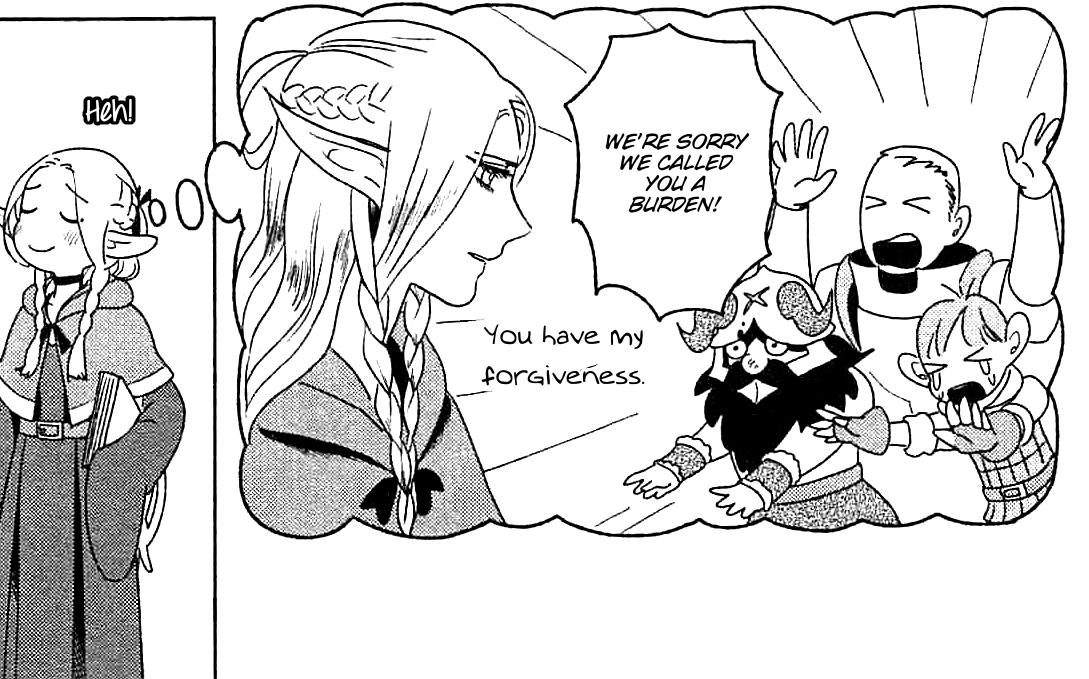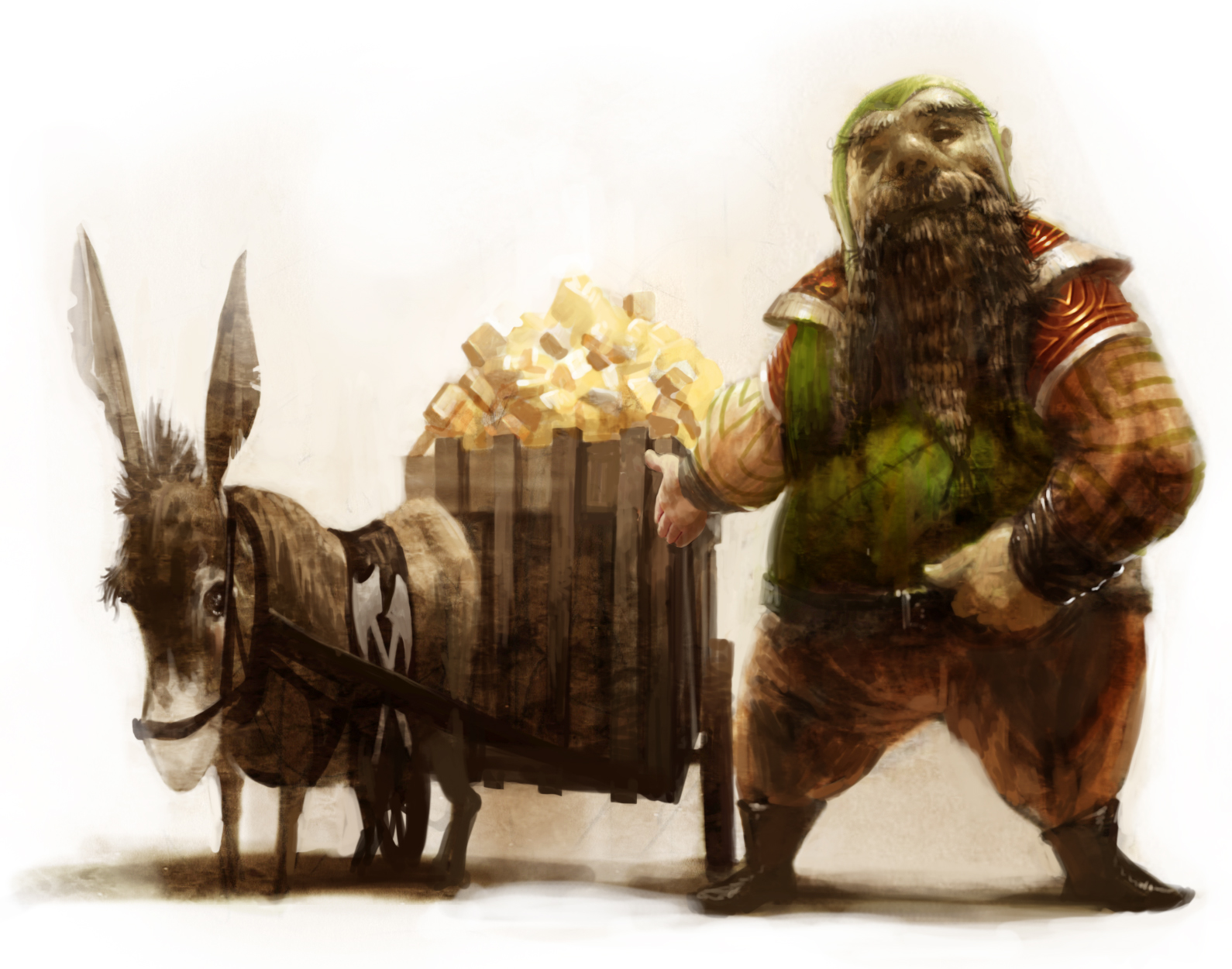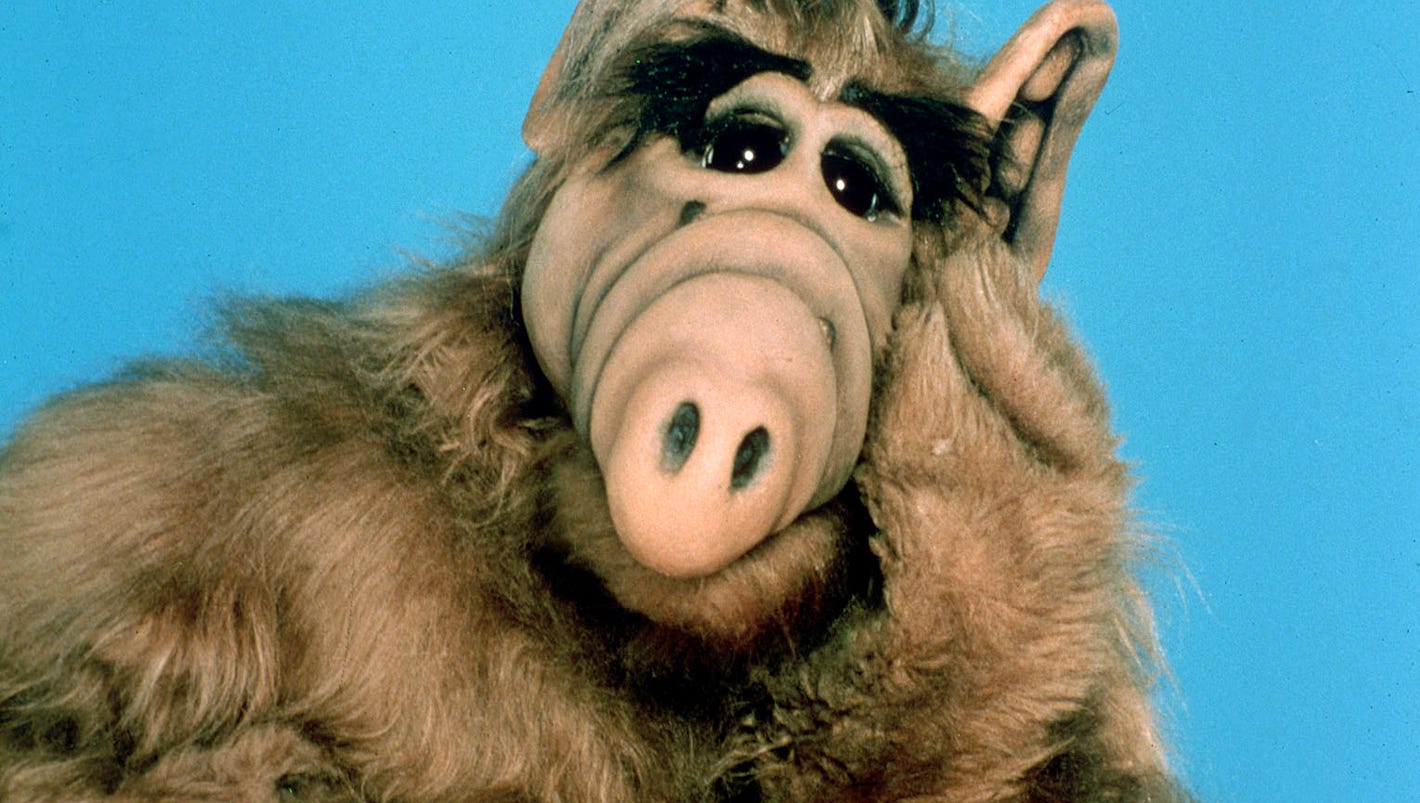That's because they are human-adjacent beings, on the borders of humanity but not removed. They mainly exist because they are in the BFRPG book and new players expect them to exist after reading through the book. I don't actively encourage players to play as elves, dwarves, or halflings, but the sky is broad enough to encompass them and I do take an approach where the setting has familiar starting points before it veers off into madness, so this is another lengthy setting document that will, alas, likely be far more useful to me than to you.
ELF-
If you want to play a cool beauty,
 |
| Or at least someone who thinks they're a cool beauty |
They can see in the dark, but only in the kingdoms of day where true darkness is far away. Many elves who enter the moonlands are shocked by this development and feel a closer kinship with humans when faced with truly alien life-forms, out there in the dark... though they can still see by starlight. They are immune to the paralyzing touch of ghouls and infection from the Grinning Plague, but willing cannibalism will cause them to develop into ghasts. They lose 1hp if they force themselves to touch or speak to something really ugly, and elves with positive charisma modifiers are a bit Alfish and lose 1hp when touching iron. They do not have stat limitations, as is standard for all species, but otherwise are read-as-written.
Half-Elves and Quarter-Elves and 'Oh yeah I'm totally one thirteenth Elf' people exist and though they have varying degrees of pointy ears, slender bones, and small pores, they only 'count as elven' to other elves if their souls are drawn to Lunar Mirrors, and then after their first reincarnation they'll be pure-strain elf, but with a human cultural background. Due to the whole reincarnation thing, elves don't really go in for hereditary inheritance, but aren't above hijacking human inheritances that way and replacing hothead human political leaders with more cool-headed (and pointy-eared) elvish ones if that would avoid war.
To human visitor(for humans are not allowed to live in elf cities), an elf city is quiet, clean, stable and beautiful, but also unsettling, like a museum of a city. Elves lost a very high-intensity war against the Witch-Queens or the High Alves(depending on whose side they took) two whole suns ago, and they are still worn out by it, still remembering the wild excesses of sorcerous combat and the exiling of the High Elves to the Iron Moon, still dealing with the occasional reincarnated High Elf megalomaniac. Humans have forgotten, and elves have forgiven(not the megalomaniac high elves tho), and so the elves remain isolationist, keeping birth rates staggeringly low and carefully managing their environment to serve them in case of further calamity. Any conflict that would require mass mobilization is a conflict they will quietly defer from, and those who press the conflict to their gates will be met with a hail of elf-shot heavy enough to dissuade all but the stupidest would-be conquerors, and kill the stupid ones outright. Most Elves would prefer to simply outlive mortal problems while they concentrate on the eternal problems of the corrupted High Elves and the cycle of Suns and Moons.
DWARF-
 |
| not gonna lie I included this mainly for that lovely cartoony donkey |
Dwarves tend to be impatient with humans, and you must realize, from the point of view of a single dwarf(though not quite as immortal as elves, dwarves mostly just get rockier, not decrepit with age), humans are a gibbering horde of morons who undermine their own efforts constantly and are too short-lived to learn valuable lessons or ever truly master a profession. Unlike elves, who are typically isolationist and willfully ignorant of human society, a dwarf will see every step of their social engineering efforts wasted as crowns pass innumerable hands until they are sold as curios from a dead nation, a nation a dwarf probably outlived. Nonetheless, they soldier on, trying to forge the bad iron of humanity into a straight bar of steel, for the kingdoms of day are human-dominated, and for all their faults, humans are easier to get along with than the madness of the moonlands or the deep, dark earth. Some dwarves resent this simultaneously patronizing but servile role in relation to Mercian human society and leave, while dwarves who try to stay but do not conform to the rigid life in the underground are banished.
While humans surge and fall like the tide, dwarf society is crumbling from the bottom up, the darkness of the deep earth gnawing at their roots as it did their progenitors. Their subterranean cities tend to be half abandoned, with forgotten dangers in the lower levels that have been festering since the days when elves ruled the world. This is not well known to outsiders, but it is not a secret, it simply isn't talked about outside of grim and impossible quests to reclaim the lower levels from the dark. The dwarves are, so to speak, caught between a rock and a hard place when it comes to choosing whether to live above the ground or below it, unable to shape human society to their satisfaction but lacking the ability to stand against the deep dark forever.
Dwarves do not technically see in the dark. They love fire, and glowing bugs, and eerie phosphorescent mushrooms, but in the absence of these things, they learn to navigate like bats via echoes of clicking tongues or tapping picks, callused but exquisitely sensitive hands tracing the stone, and to fight like this, though they prefer to have flame. This does not work well except in enclosed spaces. Dwarves do not like weapons- a tool that can only be used to kill is a tool that is a waste of space and iron 99% of the time. Dwarves also do not like ranged weapons- their subterranean hunts are very different from chasing a deer through thickets in the wilderness, and in the close quarters of the underground, even throwing weapons are a risky business. What a dwarf does like is a good trap. Bear traps, deadfalls, nooses and snares, caltrops. All very easy to set up with a bit of time and an almost assured path the enemy must travel. They can even automate and time traps with their clockwork contraptions ticking away in the darkness. Dwarves name their gear that they've had for more than one session out of a combination of code-efficiency and sentimental hoarder attachment, and lose 1hp if they lose a named piece of equipment.
HALFLINGS-
The Beast Islands have little people living on them. They are the most like humans, simply shorter and more resistant to exotic ailments that are so common on the Beast Islands. Humans believe they shrunk to fit their small islands like the pygmy beasts and minimals so often found on the islands, while halflings believe it is humans who grew huge and clumsy when they found their way to the mainland from some lost island home in forgotten times. Some halflings adhering to this theory often call humans 'hugemans.' It is patently obvious to halflings and dwarves that they have nothing in common, though ignorant humans may confuse the two.
If you're playing as a human child, you may as well just use the halfling 'race.' The only difference is that you won't have any island-specific traits that a halfling would (low-light vision out to 30' being a common trait of Moonlander halflings).
Apart from a tendency towards individual halfling islands being a pastiche of whatever form of government I've read about most recently, I pretty much treat halflings as humans, just with frayed nerves from everything being bigger than they.
 |
| no, not this |
True/High Elves, or Alfs, or Fey, have souls derived from the nameless and forgotten First Sun, self modified via the sorcerous Third Sun that begat the lesser Elves, then warped by exposure to a mote of True Darkness that brought about the end of their world-spanning civilization, combined with the revolt of the 'lesser bipeds.' Elven ruins scatter the moonlands, filled with bizarre wonders and terrors and things you recognize from legends only in how they aren't like the legends after all.
View post on imgur.com
Unable to produce new elven souls after the Iron Moon debacle, they have swelled their ranks with the Fey, servitor creatures spun out of shadow and dream that are better suited for escaping the Moon. Fairies are actually spells. Goblins have no name, and their shapes are ill-defined save for being wretched, humanoid, and shadowy. If they can steal a name, they'll become much more real and human. Hmmm, best not to think too hard on that, eh? Moving on to Ogres, the muscle of the bunch, you get tough bastards who can turn into anything they've eaten, of a size of anything they've eaten. It's these 3 types of Fey you see most commonly in the trenches and ravines the massive chain of the Iron Moon digs into the earth as it wanders the sky, trying their dimwitted best to usurp the realms of men and usher back in the age of the Elves.
SVART
The original Dwarves, or Svarts, have souls indirectly derived from Yg-A, the undersun, and an accompanying greed that cements their true nature as dragon-kin. They are stone statues with bellies of fire, and must work constantly to balance the composition of their forms with the nature of the flame within, lest they hatch into a Dragon, or fade away into a lifeless statue (or more disturbingly for delvers in the Veins of the Earth, an almost lifeless and very hungry statue). They eat gems and gold and ore to gain experience, and flammable materials (especially alcohol) to fuel their inner flames. They also can devour light itself to fuel those flames, either from torches or souls. Their civilization is a thousand years broken, their deep ruins haunted by Grues and worse, their people lapsed into quiet dormancy. The last two great works of the Svarts were the Iron Moon, to contain the madness the Alfs fell to, and the Dwarves, who were instilled with soulfire of the 3rd sun, not the voracious 2nd Sun Yg-A, but not overcoming, their more fleshy sunlit forms. They fed upon light, but were consumed by darkness. Some are still born from the flaming wombs of the earth, stalactites dripping from the ceiling of magma chambers and forming a Svart instead of a Stalagmite. But they are born alone, and likely to succumb to the terrors of the deep earth before meeting another of their kind. Some Svarts live amongst Dwarves as semi-captive curios, each typically unaware of the other's true nature.
Preemptive link to Part II, in which I stop waffling on and on about ancient made up history and start waffling on and on about 'race as class' and possibly Ningen and Ghouls as well
Or maybe not, after all

No comments:
Post a Comment